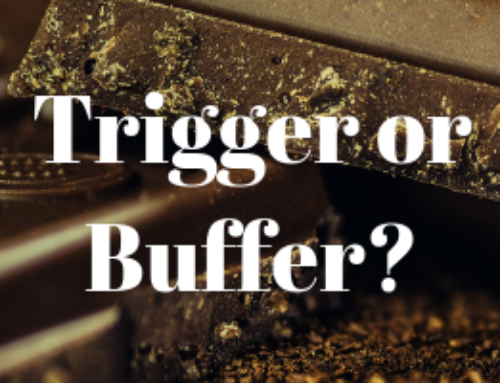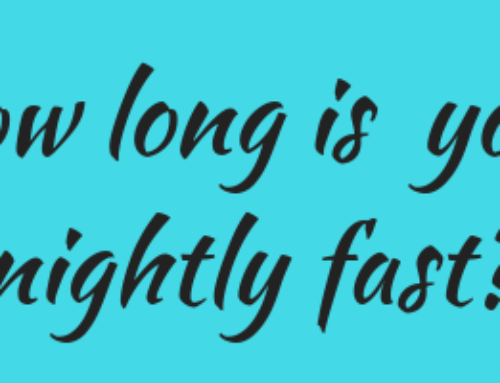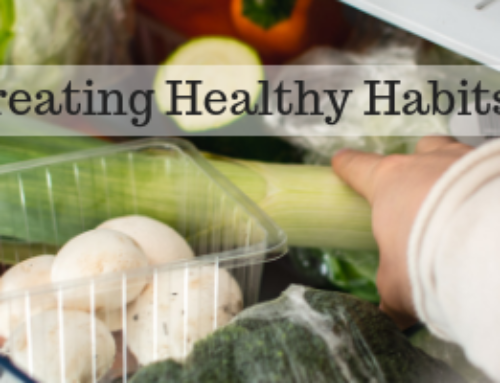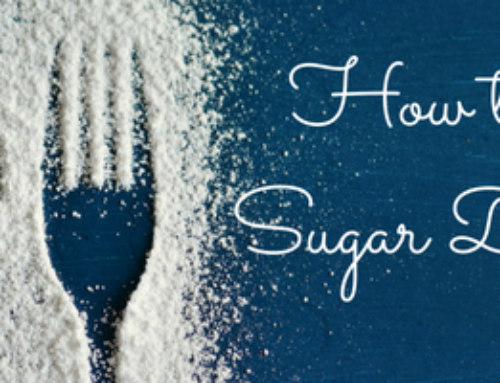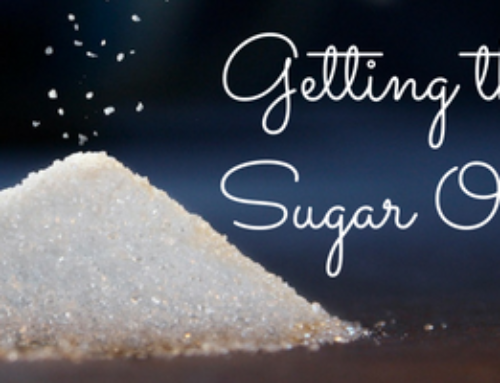If there is one dietary component that can wreak havoc on your health, it is excess sugar. See, when sugar is consumed, it is immediately absorbed into your blood stream. This is especially true if you are consuming pure sugar, like juice or jelly beans, that isn’t paired with fiber, protein, or fat. Remember that high blood sugar is dangerous, so your body signals the pancreas to secrete insulin to help clear the sugar and move it into the cells, where it is used for energy. And if you have just overindulged in the sugar department, the pancreas is going to secrete even more insulin to handle the excess sugar. However, our cells generally do not need so much sugar at once, so the cells take this sugar and convert into “stored energy”, sometimes stored sugar, or glycogen, but mostly it takes the excess sugar and converts it into fat and stores it, and you know where — the love handles!
In terms of our health, it is the deleterious effect of high insulin over time that can contribute to inflammation, aging and disease. If you eat in a way that keeps insulin levels in check, it is a sure bet that you will age more healthfully. To name a few effects, high sugar and high insulin can raise triglycerides, an independent risk factor for heart disease. Excess sugar also suppresses the immune system. It actually does this by competing with vitamin C for entry into the cells. We have known for some time that vitamin C helps white blood cells work better to destroy bacteria and viruses. Well, sugar competes with Vitamin C for entry into the cell, and if there is a load of sugar trying to enter the cell, how much vitamin C do you think is getting in? High insulin also encourages fat storing, and thus discourages the body from burning fat as fuel. And we all want to be fat burners!
So the job of the individual is to watch sugar intake in order to keep insulin at lower and healthier levels. We need insulin, it is vital that we have it. But the amounts that our bodies produce to take care of the excess sugar in our modern diets is way out of sync with the amount it is supposed to produce.
Keep your eyes open when purchasing foods, especially packaged or more processed foods. Make it a point to read both ingredient and Nutrition Facts labels. Identify added sugars in the ingredients label, they will be listed as names like high fructose corn syrup, sucrose, maltose, fructose, brown rice syrup, and fruit juice concentrate, among other names. Then take a look at the Nutrition Facts label and look at how many grams of sugar is in one serving. Remember that 4.5 grams of sugar is equivalent to one teaspoon of sugar. If the food product has more than 9 grams of sugar, you may want to rethink your decision. If you want to take it to the next level, keep the total grams of sugar at 5 or less.
Adding protein to your diet is one of the best ways to decrease sugar cravings. It helps stabilize sugar cravings by giving the body more slow burning fuel, and thereby less hunger. Protein takes longer to digest and therefore stays in the digestive tract longer. Carbs digest more quickly, often leaving one hungry for more. Protein also supplies the body with amino acids. This is important because amino acids are pre-cursers for neurotransmitters in the brain. One of the primary reasons for sugar cravings is a depletion of “feel-good” neurotransmitters in the brain, like serotonin and dopamine. These chemicals help us feel stable, calm, and happy. Nothing can set a person up for sugar cravings more than a low-protein diet paired with a stressful lifestyle. Be sure to eat a little protein with every meal, including foods like fish, turkey, chicken, beef, lamb, eggs, cottage cheese and whey protein powder. These foods pack a punch in the protein department. Runner’s up include nuts, nut butters, and beans.
If you need to have a sweetener to replace sugar, then I recommend xylitol. I use it myself. It may be used to sweeten items like tea or coffee. I suggest using it to sweeten berries or a smoothie when the fruit is on the tarter side. I’ve even used it to sweeten cranberry sauce. It can also be used with Greek yogurt. Xylitol is a sugar alcohol, not an artificial sweetener, and tastes comparable to sugar, but contains 40 percent less calories and does not raise insulin or blood sugar levels! You can purchase xylitol through my on-line store by clicking here.
Let me know in the comments below if you have any questions, I am happy to help!
If you enjoyed this blog post, please share with a friend!


